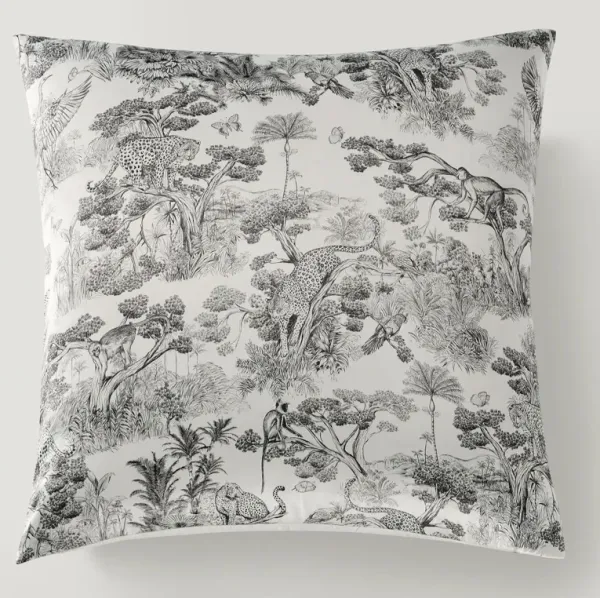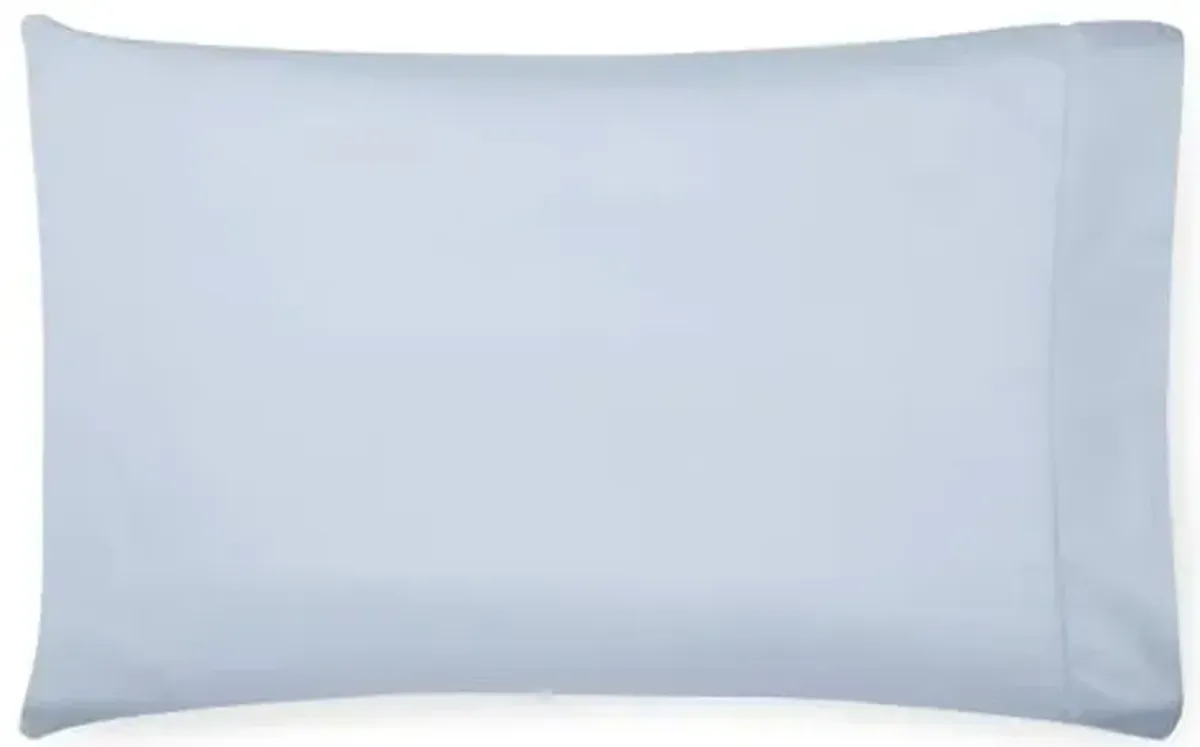You're on the list
By signing up, you agree to receive email marketing.
























A restful night’s sleep is at the top of every expert’s list of maintaining good health and mood. Proper bedding is an essential part of creating a comfortable, sleep-inducing environment. From sheets, pillowcases, and comforters, there are several layers to consider before you tuck in for the night. Check out our guide below to navigate bedding options.
Sheets are the base layer between your body and the mattress. They play a big role in maintaining temperature and staying comfortable overnight.
Sheet sizes should align with the size of your mattress. Make sure you know what mattress size you have before you purchase sheets.
The varieties of bedding available are boundless: Colorful or white, silk or flannel, light or weighted. With so many options available, selecting bedding can seem overwhelming. Organize your bedding purchase into four main elements to simplify your shopping list.
1. Pillows: Choose pillows according to your individual needs, such as cooling pillows if you overheat while sleeping or memory pillows for customized support. Complement your decor with colorful throw pillows.
2. Sheets: Select sheet sets that include fitted and flat sheets and pillowcases. Most sheet sets only include one or two pillowcases, so purchase a few extra as needed.
3. Blankets: Quilts, comforters, and duvets all serve as a top layer of bedding. Add throw blankets to complement your decor, coverlets for cold nights, and weighted blankets if you have trouble sleeping.
4. Mattress topper: For added comfort, lay a mattress topper between your mattress and your fitted sheet.
Consider purchasing bed skirts, decorative pillow covers, and other elements that complement your style. Navigate bedding options with additional information in the Furniture.com bedding guide.
Selecting the right sheets for your bed can make the difference between tossing and turning and having a restful night's sleep.
Avoid wrestling with sheets when you make your bed or waking up with your fitted sheet wrapped around your ankles. Buy the sheet size that corresponds with your mattress size: twin, twin XL, full, queen, king, or California king. Make sure the pocket depth of your fitted sheet accommodates the thickness of your mattress, including your mattress cover.
Consider how the material of the sheets impact comfort. Flannel or jersey may be the perfect choice if you tend to get cold overnight. If you are more likely to overheat while sleeping, choose cotton or linen.
The weave of the sheet material — the way the fibers are interlaced — also impacts comfort. Percale, a crisscross pattern, is more lightweight, while the sateen weave is soft and silky. Sheets featuring twill's diagonal pattern are more durable than other weaves.
Sheets with higher thread counts — the number of threads per square inch — are typically softer and more durable. Thread count softness and durability differ for various materials and weaves. When comparing thread counts, only compare across the same material and weave.
Quilts, comforters and duvets are the three kinds of blankets typically used as the top layer of bedding. A quilt is three layers of material stitched together decoratively. Comforters are usually thicker than quilts as they are made up of two layers of material filled with feathers, synthetic down, cotton, or other materials. Duvets are similar to comforters but have an added layer that can be removed for cleaning.
Each type of blanket offers different benefits:
Consider the amount of added warmth you want your covers to provide. Comforters and duvets typically provide more warmth than quilts.
For ease of cleaning, duvets come out on top. Duvet covers can be removed for washing. Quilts and comforters may require a trip to the cleaners or laundromat for cleaning.
All three options come in a variety of colors and patterns. Select a top layer for your bed that adds a splash of color or style to the room. For a more understated look, choose covers that integrate subtly into your overall design.
You're on the list
By signing up, you agree to receive email marketing.